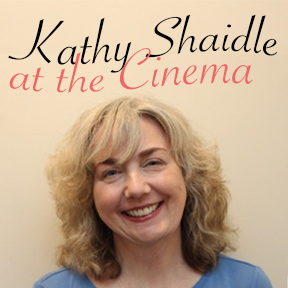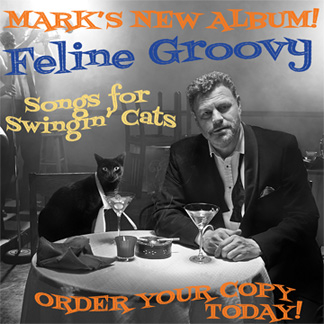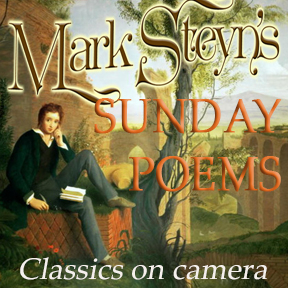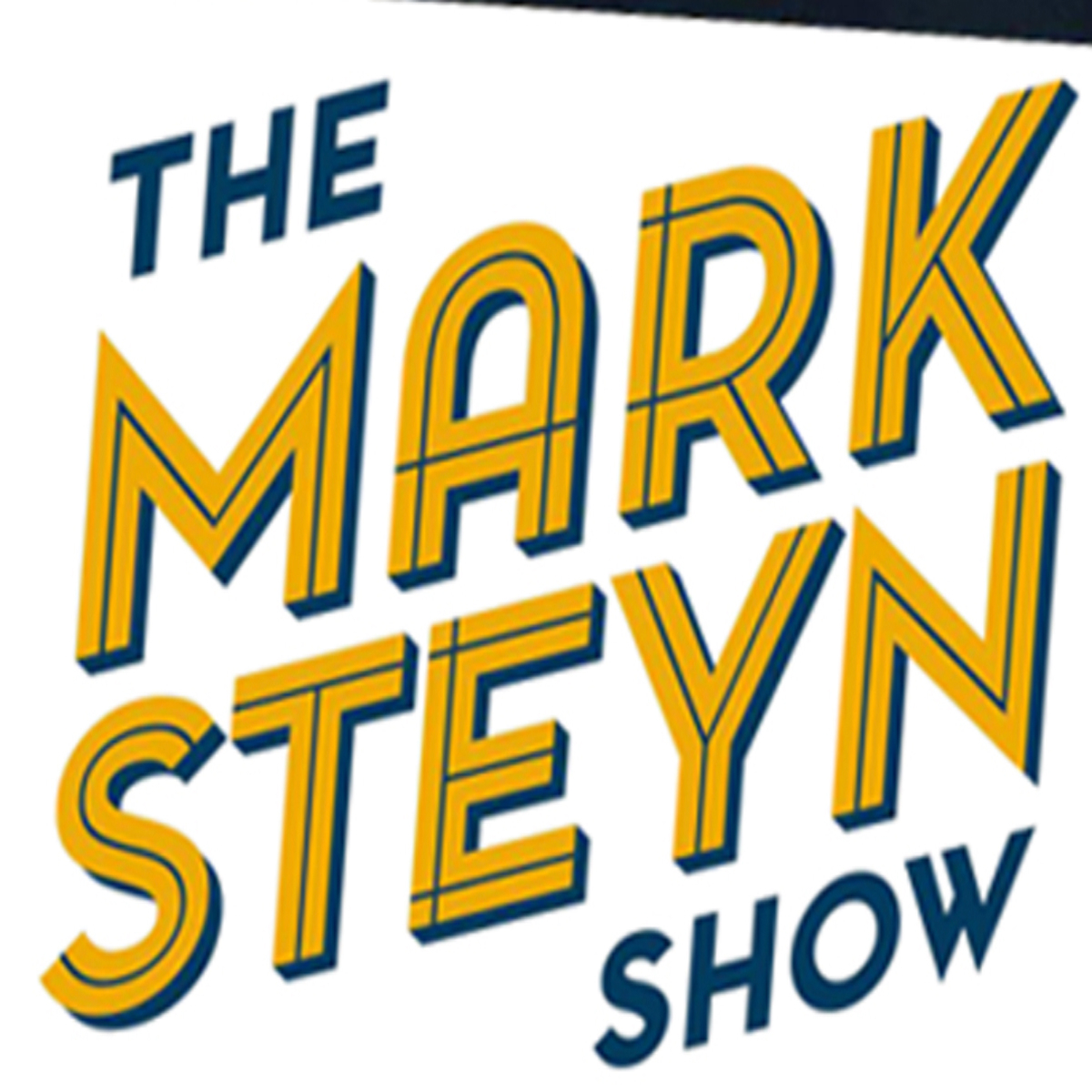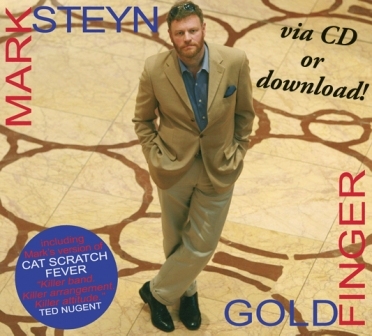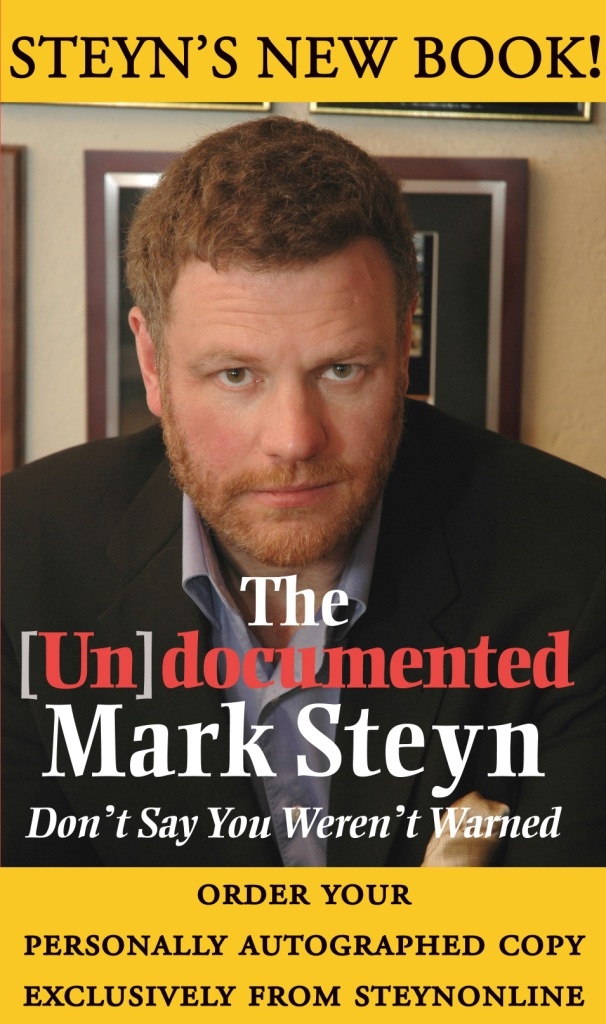 On March 27th 1929 the Charles B Cochran revue Wake Up And Dream opened at the London Pavilion, with a host of West End talent, including Jessie Matthews, Sonnie Hale, Tilly Losch and Douglas Byng. And at one point in the evening Britain's "Radio Sweetheart Number One", Elsie Carlisle, stepped forward and sang:
On March 27th 1929 the Charles B Cochran revue Wake Up And Dream opened at the London Pavilion, with a host of West End talent, including Jessie Matthews, Sonnie Hale, Tilly Losch and Douglas Byng. And at one point in the evening Britain's "Radio Sweetheart Number One", Elsie Carlisle, stepped forward and sang:
I was a humdrum person
Leading a life apart
When love flew in through my window wide
And quickened my humdrum heart
Love flew in through my window
I was so happy then
But after love had stayed a little while
Love flew out again...
Don't recognize it? Well, the introductory verse is pretty superfluous and (although musically distinguished) somewhat crude as a set-up for a most misterioso ballad. A quarter-century later Frank Sinatra junked the intro entirely and got right to the nub of it:
What Is This Thing Called Love?
This funny thing called love?
Just who can solve its mystery?
Why should it make a fool of me?
There are those who dislike the title: Ted Gioia in his book The Jazz Standards confesses to finding it "a little awkward, akin to those 'Jeopardy!' quiz show answers that, the TV host incessantly reminds us, 'must be stated in the form of a question.'" To Britons of a certain age (and it is, after all, a song that was introduced in Britain) the title, slightly re-stressed, was a reliable laugh in every working men's club up and down the land. Bride on her wedding night: "What is this thing called, luv?"
But I happen to like the title - the directness and wonder in it. For Cole Porter, it was the key that unlocked the entire composition, so that music and words came pouring out almost simultaneously. What is this thing called love? For Porter - a homosexual in a happy and fulfilling marriage - it was a question worth pondering. And for Frank Sinatra it was the great question at the heart of his art.
It was written at the dawn of Porter's professional songwriting career. He was a late bloomer in that respect. Unlike the young Jerome Kern, Irving Berlin, Rodgers & Hart, George & Ira Gershwin, he wasn't grubbing around Broadway desperate to break in. Instead, he was on the other side of the Atlantic, leading a charmed life. "Les Colporteurs" lived in a grand house on the rue Monsieur near the Eiffel Tower in Paris, where Porter composed songs for his own amusement on a white grand piano. In order that he might be able to work in natural light, his wife Linda had the entire back wall ripped out and replaced with frosted glass. Each spring they reserved a series of rail cars on the Orient Express or some such, and decamped with their entire entourage to the Lido in Venice, where Cole would write amusing songs and get his friend Diaghilev to choreograph them for the lavish parties the Porters hosted at the Palazzo Rezzonico. A Broadway show? Oh, but it might interfere with that marvelous weekend they were planning at Antibes.
It was an unusual life for a budding songwriter, but a creatively productive one, and among its fruits was "What Is This Thing Called Love?" As many Frenchmen did in that period, the Porters occasionally ventured across the Mediterranean, where in a market in Marrakesh Cole claimed to have heard the native chant that inspired him to write his great questioning love song. When short of an and-then-I-wrote anecdote, Porter tended to give Islam the credit for all his big hits, including "Night And Day", which was supposedly sparked by the Muslim call to prayer. But undoubtedly "What Is This Thing Called Love?" has a musically exotic quality, its tonality shifting unexpectedly between major and minor, from C to F minor to C in the first section alone, and when it reaches the release there is a pronounced eastern flavor:
I saw you there one wonderful day
You took my heart and threw it away...
Alec Wilder described the harmony as so unusual that, were he to be given the chords without the melody, he would have had difficulty creating a plausible tune for them. Yet Porter did. And in the mid-20th century a lot of jazzmen had no trouble riffing off Cole's chords - Tadd Dameron's "Hot House", Fats Navarro's "Barry's Bop", Lee Konitz's "Subconscious-Lee", Charles Mingus' "Wham Bam Thank You Ma'am" and Bill Evans' "These Things Called Changes" are all based on "What Is This Thing Called Love?" And Dameron's Porter-derived "Hot House" in turn inspired John Coltrane's "Fifth House".
When Charles B Cochran, the leading impresario of West End revue, asked Cole to contribute a few songs to Wake Up And Dream, the composer offered him "What Is This Thing Called Love?" The staging played up the exoticism: Elsie Carlisle sang the number while Tilly Losch gyrated to wild tom-toms and a giant African idol towered over the ladies.
By contrast with the music, the words are simple, at least by Porter's standards - no flashy rhymes, no wordplay, no allusions or imagery. On the page they can look rather trite - one wonderful day you threw my heart away:
That's why I ask the Lord in Heaven above
What Is This Thing Called Love?
But Porter knew what he was doing: The words are simple, but the music tells you that the answer to the question is complex and profound and ultimately unknowable. Its the combination of unaffected directness in the lyric and great depth in the music that gives the song its power.
Cochran wanted another number for the show: "Let's Do It" - as in "Birds do it, bees do it/Even educated fleas do it..." Porter was concerned that the Lord Chamberlain, who then enjoyed censorship powers over the West End theatre, would twig fairly quickly what particular "it" all these animals and insects were, in fact, "doing". But he chanced to run into the Lord Chamberlain, the Earl of Cromer, during the tryout in Manchester, and instead Cromer congratulated him on his extensive wildlife research and said he particularly enjoyed the line about grouse doing it out of season.
Frank Sinatra was a 14-year-old boy in Hoboken at the time Wake Up And Dream opened in London, but he knew Cole Porter's songs and within a few years was singing them in little joints around New Jersey. But not "What Is This Thing Called Love?" Artie Shaw had a hit with it in 1938, and in 1941 Tommy Dorsey picked it up while Frank was his boy singer, but they gave the vocal to Connie Haines. Nat "King" Cole, Billie Holiday and Lena Horne all sang "What Is This Thing?" in the Forties and they were all singers Sinatra admired. But his own turn at the song didn't come until exactly 60 years ago today - February 16th 1955.
For Frank, the dawn of the Capitol era was the best of times, and the worst of times. In April 1953, Sinatra signed a seven-album deal with the label and then flew off to Hawaii to start filming From Here To Eternity. His long career slump was over, and he had, as the defining song of those first Capitol days says, the world on a string. Except for one thing. In October 1953 Sinatra and Ava Gardner split. "When he was down and out, he was sweet," Ava told a friend. "But now that he's successful again, he's become his old arrogant self. We were happy when he was on the skids."
These twin tracks - the spectacularly successful career and the imploded personal life - merged a few months later as Frank began planning his first ballad album for Capitol: In The Wee Small Hours. After the break-up with Ava, he'd moved in with Jule Styne, composer of "Guess I'll Hang My Tears Out To Dry", "Time After Time", "Three Coins In The Fountain" and many more Sinatra hits. (You can hear Jule talking to me about Frank on our Sammy Cahn centenary podcast.) Styne didn't write the sleeve notes for In The Wee Small Hours, but he should have:
I come home at night and the apartment is all dark. I yell, 'Frank!' and he doesn't answer. I walk into the living room and it's like a funeral parlor. There are three pictures of Ava in the room and the only lights are three dim ones on the pictures. Sitting in front of them is Frank with a bottle of brandy. I say to him, 'Frank, pull yourself together.' And he says, 'Go 'way. Leave me alone.' Then all night he paces up and down and says, 'I can't sleep, I can't sleep.' At four o'clock in the morning I hear him calling someone on the telephone. It's his first wife, Nancy. His voice is soft and quiet and I hear him say, 'You're the only one who understands me.' Then he paces up and down some more and maybe he reads, and he doesn't fall asleep until the sun's up.
Sinatra in the wee small hours, for real. To render the mood musically, Frank had a brand new title song, by Dave Mann and Bob Hilliard. And he had the up-and-coming arranger Capitol had teamed him with, to help create a new Sinatra sound: Nelson Riddle. One time Mr and Mrs Riddle had been arguing, and she threw at him the line: "All you ever think about is music and sex." That's Nelson's arrangements: music and sex, matching Sinatra's sound with Sinatra's image, all scored in what Riddle called "the tempo of the heartbeat". On Swing Easy, he'd proved he could do it on the swingin' stuff. But could he do it for Frank on the ballads? He started with a core rhythm section: guitar, bass, drums, Bill Miller on piano plus Paul Smith on celesta. There are strings but not a lot of horns. It's a very particular sound for a very particular set of songs: "In The Wee Small Hours", "Mood Indigo", "Glad To Be Unhappy", "I Get Along Without You Very Well", "I See Your Face Before Me", "Can't We Be Friends?", "When Your Lover Has Gone"... And that's just Side One.
Side Two opens with Frank moving from his specific grievance to more general philosophizing:
What Is This Thing Called Love?
This funny thing called Love?
What made Riddle such a transformative arranger was his generosity: rather than just arranging the material on the sheet, he provided his own accompanying and counter melodies, many of which could easily have been saved for his next film score or television theme. In this case, "What Is This Thing Called Love?" opens with Mahlon Clark playing a plaintive clarinet figure that seems to be spiraling unhurriedly deep into interior-monologue territory - and then Frank enters, cool and legato, introspective and wondering, and humbled by the very immensity of the question he's asking. And as he gets to the "mystery" and demands to know "why should it make a fool of me?", the strings pick up, icily, Clark's clarinet figure. Sinatra makes just one misjudgment, I think - and that's the interpolation of "just" just before the last line:
Just What Is This Thing Called Love?
I'm not a snob about these things. A year earlier, on "A Foggy Day", he'd sung "And in foggy London town the sun was shining shining shining shining shining everywhere", and the sheer joy he brings to it is the shiningest thing you've ever heard. But on "What Is This Thing?" the "just" seems to me to intrude on the perfect poise of the ballad. But I'm being nitpicky, and, if it is a small blemish, it doesn't detract from the power of the recording.
An alternate take of "Thing" reveals that Riddle planned the track at twice the length, with two choruses and an instrumental section setting Clark against the strings. In the studio, Frank decided against it, and opted for one chorus, bookended by that eerie clarinet. Some singers (Tony Bennett, for example) like to do one chorus and out. Sinatra was less partial to it, but he seemed to understand here that Porter had said it all in 32 bars and eight lines, and that to do any more would be less. It was the right call. As I said at the beginning, this is the song on which Frank Sinatra addresses directly the great unanswerable question at the heart of his art:
What Is This Thing Called Love?
This funny thing called love?
Just who can solve its mystery?
No one. But he gave it a better shot than most, in over a thousand recordings over six decades.
~Mark's original 1998 obituary of Sinatra, "The Voice", appears in the anthology Mark Steyn From Head To Toe. For the story of Sinatra, Nelson Riddle and another Cole Porter classic, see Mark Steyn's American Songbook. Personally autographed copies of both books are exclusively available from the Steyn store.
SINATRA CENTURY
at SteynOnline
6) THE ONE I LOVE (BELONGS TO SOMEBODY ELSE)
8) STARDUST
~There are all kinds of Sinatra centenary tributes out there, including Margaret the belly dancer's investigation into why this live rendition of "Maybe This Time" is a bit under par.
For an alternative Sinatra Hot 100, the Pundette has launched her own Sinatra Hot 100, as has Bob Belvedere over at The Camp Of The Saints. Mr Belvedere is now up to Number 86, an absolute corker - "Zing! Went The Strings Of My Heart". The Pundette's hit sound Number 88 is a Jule Styne/Sammy Cahn hit well known to SteynOnline listeners: Frank's old boss Harry James had a big smash with it at the dawn of the Forties and Sinatra got to it a couple of decades later: "I've Heard That Song Before."








